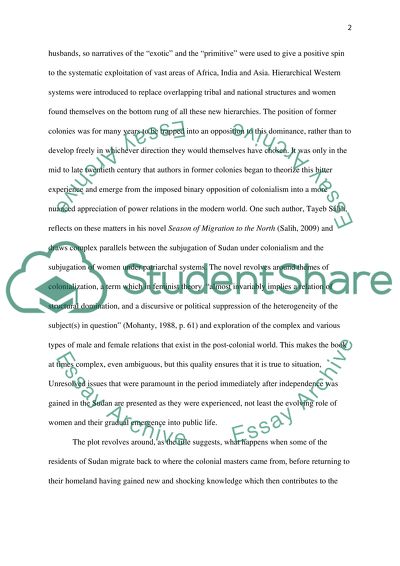Cite this document
(“Theories of women's relationship to public space in all their Research Paper”, n.d.)
Retrieved de https://studentshare.org/family-consumer-science/1419896-theories-of-women-s-relationship-to-public-space
Retrieved de https://studentshare.org/family-consumer-science/1419896-theories-of-women-s-relationship-to-public-space
(Theories of women'S Relationship to Public Space in All Their Research Paper)
https://studentshare.org/family-consumer-science/1419896-theories-of-women-s-relationship-to-public-space.
https://studentshare.org/family-consumer-science/1419896-theories-of-women-s-relationship-to-public-space.
“Theories of women'S Relationship to Public Space in All Their Research Paper”, n.d. https://studentshare.org/family-consumer-science/1419896-theories-of-women-s-relationship-to-public-space.


